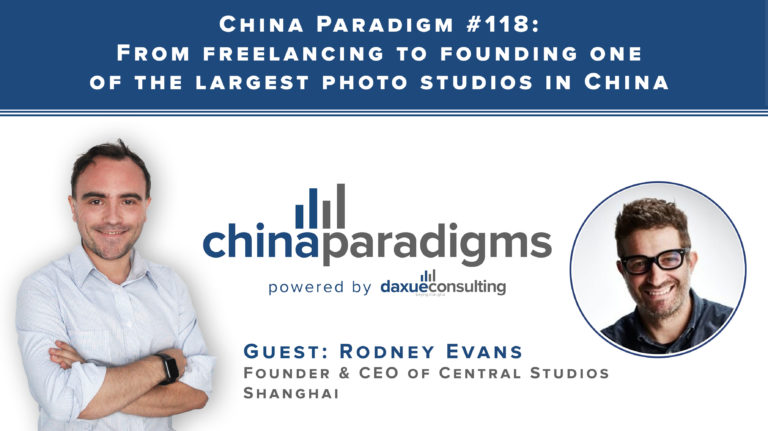Find here the Daxue Talks episode 23. Learn from Max Peiro how to combine a real in-house capability in China with a tech team and external collaborations.
Full transcript below:
Max Peiro: My name is Max Peiro. I’m obviously not Chinese. I’m from Barcelona, but I’ve been living for 12 years in Shanghai. I am the CEO of Re-Hub. At Re-Hub, we are problem solvers. We work with large corporations here in China to help them identify business challenges and match them with proven startups that can solve these problems.
Interviewer: Can you explain why the brands are now either beefing up their in-house tech capability or looking for external collaborations? Can you give some examples?
Max Peiro: I think the good thing is that now brands realize that they need to innovate to stay ahead in this fast-changing hyper-competitive environment. So, this is a good pattern and I would say that this is the way they are beefing up these in-house capabilities. And they are at the same time looking for external collaborations. And I think also that it’s a normal reaction to try to do it in-house when you want to solve a problem. I think that in some areas, this makes a lot of sense. You need to have full ownership of the capabilities, for example, when it comes to data or at least core data capabilities. But at the same time, I believe that some brands tend to underestimate the difficulties to build a solid in-house team especially to attract talent. When we’re talking about building in-house capabilities, we’re talking about hiring software engineers. We’re talking about hiring data scientists and data engineers. These are among the hottest jobs right now in the world, so it’s not that easy to recruit the best talents to join these brands. Some of these data scientists, for example, would rather join large technology companies, right. So sometimes recruiting will be a little bit difficult. And at the same time, it’s not easy to develop core capabilities when it comes to technology and data.
So, at the end of the day, I think that a lot of these brands will spend or allocate a lot of resources building these in-house capabilities and not always will deliver what they expect. So, I personally think that the best approach is to combine both—to have a strong core in-house team, but also boosting cooperation with external partners. I think that the advantage of external partners is that they are much more agile and they can bring much more efficiency to the whole process. But at the same time, you need to have a core team that can define the strategy, be able to assess what is relevant and what isn’t, and be able to execute it. And I think another problem is they will need to align internally different business units to deliver this innovation. This is a very important point. And actually, this combination of strong in-house team and external partners or external collaboration is what we promote at Re-Hub. At the end of the day, we are problem solvers. Corporate brands come to us with specific business challenges that they already identified and want to address. And then what we do is we leverage our expertise. We leverage our network to find the most suitable proven startups that can address these challenges.
So, it’s up to them to assess them further, test them, and see if they work or not for a specific environment and then implement it at scale. So I think that this combination of in-house capabilities—being able to align the different business units, being able to identify what are the most urgent challenges that they need to address, and then leveraging external players to solve that problem—is the best combination to drive innovation in a way that is agile and efficient. And at the end of the day, that has an impact on your top line and your bottom line. And another interesting trend that we are starting to see—it’s not only cooperation with external players and startups being the most obvious example—is corporations acquiring startups. More than corporations, I would say brands. At a global level, we see a recent example of McDonald’s acquiring Dynamic Yield. This was a huge event because it was a larger position and I think the integration of a pure tech startup into a company like McDonald’s was a great example. And also, we see at global level, some brands acquiring startups to build their R&D teams. And specifically, we’ve seen it in Israel. For example, last year or two years ago, Nike acquired a startup from Israel. And then, they used the team to set up their R&D center. Alibaba also did the same a few years ago. They acquired few startups in Israel and that was the core of their R&D center in the country.
Any questions? We will find an expert to answer them. Drop your questions in the comments or send us an email at dx@daxueconsulting.com
Daxue Talks is a show powered by daxue consulting, a china-based strategic market research company founded in 2010! With Daxue Talks, you will stay up to date with all the latest business updates in China.





